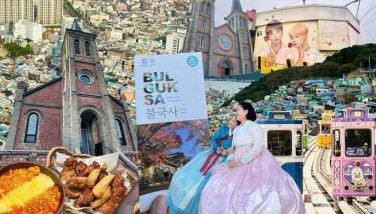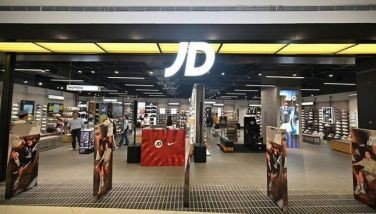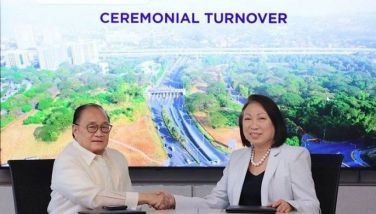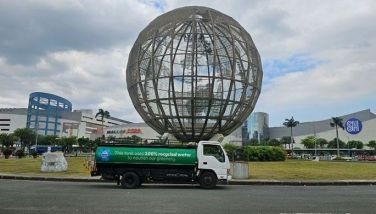The linkages to Mactan - supply and demand
Whatever. We can call it a bridge or a link. Or more specifically, a bridge, tunnel, or a causeway with RoRo link. Or none at all - take the mass transport initiative. Or specifically, the BRT link to Mactan, which is part of the overall proposed network anyway. As I said, the in-depth transport and mobility study is crucial. When you have cancer, you just don't suggest surgery, radiation, chemotherapy, a diet sole of fruits or vegetables, or any combination thereof. You have to survive a battery of medical tests to know what the best cure is.
Like anything else, economics specially, everything moves by supply and demand. And when you are in a bind because the supply is limited and you can't meet the demand, there are actually two courses of actions. People usually tend to look for answers from one side of the coin, forgetting that a coin has two sides. Supply and demand. You can simply increase the supply, and bingo, problem solved! Or, you can also suppress the demand. This is called demand management. Like in the case of power shortage, people always insist on the construction of new power plants. But managing the demand is also a good alternative.
Looking at the demand side, the question to ask is who uses the bridge between Mactan and Cebu mainland? The next question is, how many are they? What maybe important to emphasize here is, we are asking about people, not about cars. Find all the news about the need to build more bridges, and you'll probably read about numbers of cars, trucks, vans, buses, and other vehicle types. Seldom do you see any figure about the number of people who actually cross the bridge, who they are and why they cross it in the first place. The old paradigm, and still the lingering one, is to design and build cities for cars, not for people!
Okay, let's try to enumerate. First, and allow me to be partial here, we have airport users. These are divided roughly into two - the airline passengers, and the workers of the airport, who come from the mainland. Second, workers at the economic zones who come from the mainland. Third, workers of the hotel and resort industry of Mactan's eastern zone, who commute daily from the mainland. Then we have people from the mainland who work or do business in Lapu-Lapu City and Cordova. Fifth, we have people from Mactan who work in the mainland. A sixth group would be students from Mactan who study in the mainland. In all of the above, we refer to people who live in one island who go to work and school in the other island, and not those who work or go to school in the island where they live.
That probably accounts for more than 90 percent of the all the people who cross the bridges every day. There might be other sectors I have missed but they'll be the far minority. And of those we mentioned, the first three can be readily be counted while the last three can easily be calculated, including their respective annual increases over the years. Again, we cannot overemphasize the fact that the rate of increase of the people crossing the bridges daily is not the same as the rate of increase of the cars or vehicles crossing the bridges. That matters!
A set of questions have to be asked. Why do people who live in Mactan have to work in Cebu, while some people who live in the mainland work in the MEPZ's and the hotels and resorts in Mactan. Is it possible to have a housing program such that MEPZ workers and the others can establish residences in the island so they don't have to cross the bridges twice daily? On the contrary, most of the housing projects started in Mactan since 1994 attract residents of the mainland, who transferred to the island, but still worked in Cebu and commute every day.
And Cebu is progressing, no doubt about that. We have to reiterate that the increase in car ownership shoots up when per capita income and disposable income increases even by a small margin. Coupled by the fact that there is no real mass transportation between the islands, we have a scenario where cars are swarming over the bridges during peak home-to-work and work-to-home hours. That's what's causing the congestion. And it can be mitigated simply by modal shift, a determined intent to introduce more efficient modes of transportation.
The truth is, the idea of a third bridge is a land use and urban development issue, not that of architectural or engineering design.
- Latest




















